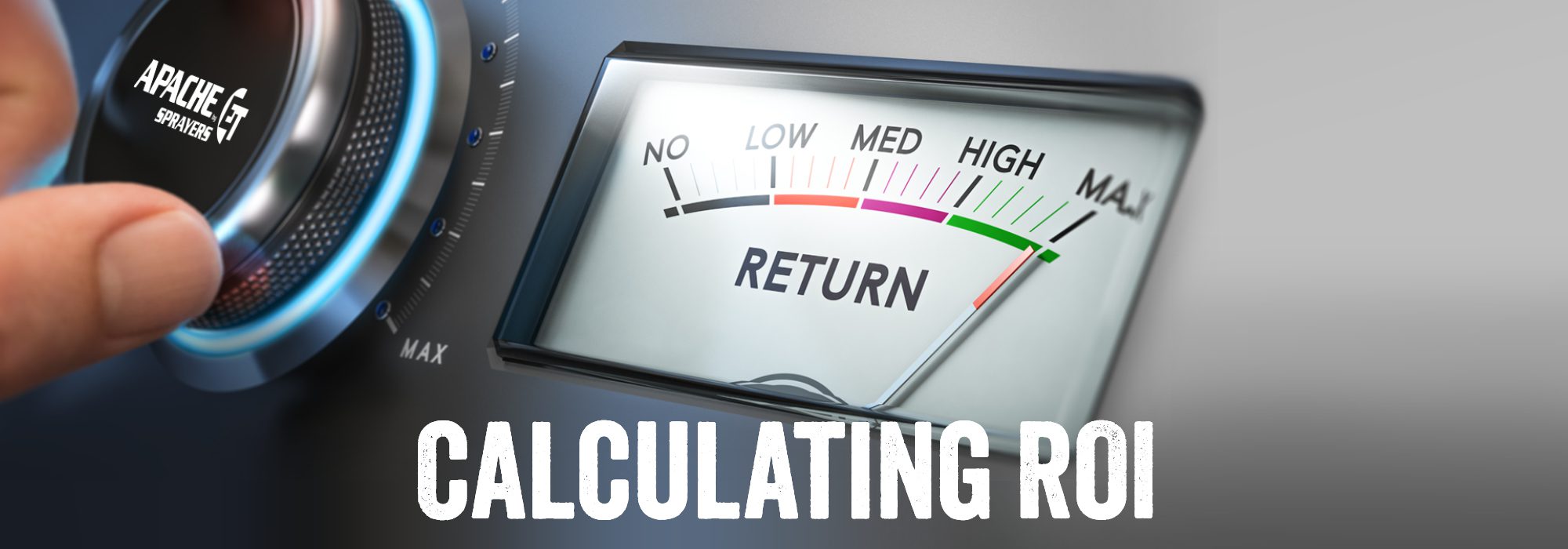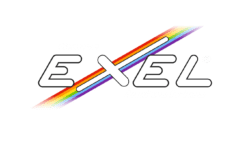
Return on investment (ROI) is a way to measure the efficiency and performance of a specific asset based on its cost and value of its output. It’s an important measure of the financial performance of everything from a specific piece of machinery to an entire farm operation. Especially when economic times are tight, ROI is an important metric to watch to make sure you’re spending money wisely on any farm operation.
When calculating ROI for a piece of machinery like an Apache Sprayer, it’s essential to account for costs ranging from the fixed cost of initial purchase to variable operating costs. Then, compare those to the value of the machine and its function on the farm. The positive difference between costs and returned value represents the return on investment that’s an indicator of efficiency or overall profitability.
Costs of Ownership
A cost of ownership model is one good way to build toward a firm grasp on ROI. Ownership costs are the fixed costs that contribute to overall ROI, including interest, depreciation, taxes, insurance and machinery housing, according to former Iowa State University Extension economist William Edwards*.
How accurate of a figure you want to glean from cost analysis is dictated by the number of factors you examine in that model. With a sprayer, for example, some of the simpler ownership cost models use application acres, retail cost, length of ownership, operating costs and inputs, resale value and any potential other outsourcing costs to determine the total cost.
Based on 5,000 acres of coverage by a custom applicator at a rate of $6.00/acre, the total outsourcing cost is $30,000/year. With a retail price of just under $179,000 and an ownership period of five years, the annual cost to perform the same work with a new Apache Sprayer is just under $32,000/year. But, with a resale value after those five years of $131,000 and accounting for the savings of $150,000 in outsourcing costs for that same time period, it works out to a savings of just over $70,000. Application costs are just over $3.00/acre with an owned Apache Sprayer compared to $6.00/acre when outsourced to a custom applicator.
More complex modeling takes into account those and other variables including specific crops, indirect costs like timeliness and spot spraying, financing structures and depreciation.
“You can take into account the time-value of money (TVM), interest expenses and other things that will make sense to an accountant, but may not to the average consumer. For that person, it’s more about straight cashflow,” says Equipment Technologies Director of Dealer Operations Mike Flatt. “The more you can create consistent calculations on cost of ownership, and the more variables you can take into account in that process, the more accurate the resulting data will be.”
Variable Costs to Consider
Once you’ve arrived at a cost of ownership figure, the next step in reaching the ROI figure is assigning value to a machine’s output. For a sprayer, that may mean how much the operator is saving by owning a sprayer and applying his or her own crop inputs versus having it done by a custom applicator. These types of calculations take into account variable operating costs like repairs, maintenance, fuel and operating labor tied to the machine. These variable costs all “vary directly with the amount of machine use,” Edwards says.
“Operating costs can be difficult to pinpoint sometimes. They may include fuel, maintenance, labor or whatever other costs there are to maintain and operate that machine,” Flatt says. “Though it’s common for many farmers to measure output in acres and bushels, those units don’t always correlate directly to machinery output measurements. The hard thing is comparing that to the value of the machine on the output side. It’s important to make sure you’re comparing apples to apples.”
Human Variables
Though these are the economic variables to examine to reach ROI for a specific piece of machinery, human nature dictates that “economic models don’t always work,” Flatt says, especially during bearish economic times like the crop sector over the last five years. In many cases, the ability to maintain a similar standard of work while cutting costs is a major priority, making ROI an important measure of efficiency in finding out how to best reach that end.
“If you had to buy a new TV, you wouldn’t go back to an old rear-projection model, even if you could buy one for $5. The value proposition isn’t there and you wouldn’t accept that lower standard,” Flatt says. “People are looking at how to maintain their standard of performance for their machinery, but trying to do it by spending less. That might mean a lower purchase price or lower operating costs. People are buying, but they’re sharpening their pencils on how to put more money in their pockets.”
Contact your local Apache Sprayers dealer for an ROI consultation.
* Article: “Estimating Farm Machinery Costs,” https://www.extension.iastate.edu/agdm/crops/html/a3-29.html


